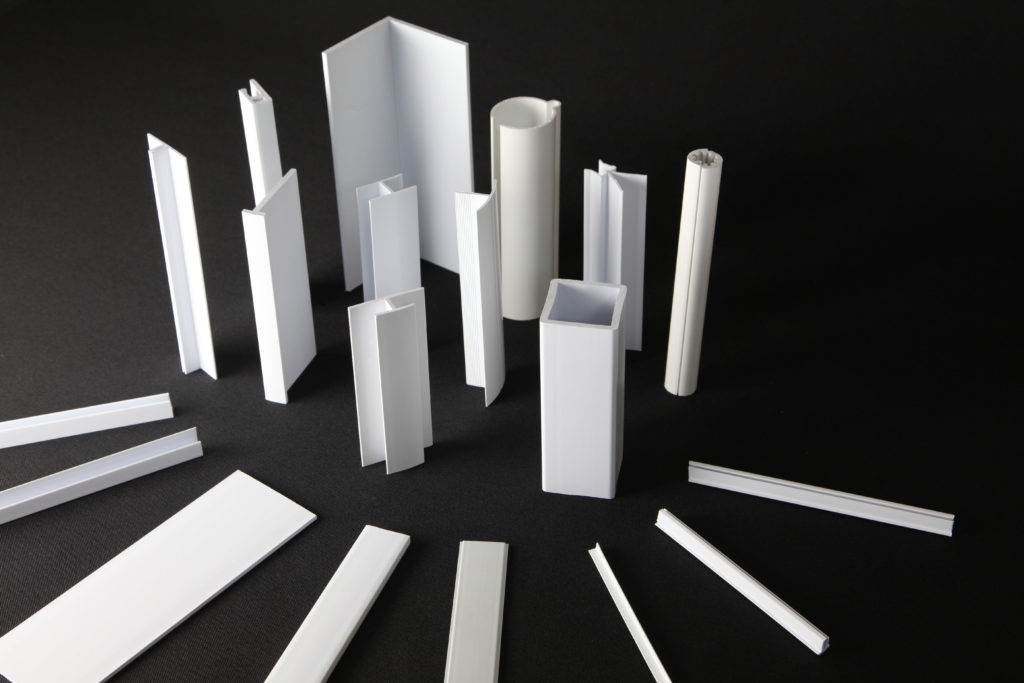PVC and uPVC - What's the Difference?

Polyvinyl chloride or PVC plastic is one of the most used plastics in the world. It is incredibly versatile and found in an endless array of products that impact our everyday lives, and is suitable for recycling. PVC is particularly used for building and construction but also plays an important role in health, transport, packaging as well as art and fashion.
Rigid and flexible PVC plastic
PVC plastic comes in two main forms: rigid and flexible. To attribute it a flexible nature, plasticisers are added to PVC. In this way, the 'u' in 'uPVC' stands for unplasticised and uPVC plastic retains rigidity.
Unplasticised polyvinyl chloride (uPVC plastic)
Rigid uPVC is often used externally as it is more resistant to weathering and isn't susceptible to biological decomposition. In addition, it retains its shape at normal temperatures, though it can be reshaped under intense heat. It features prominently in construction, particularly in windows. However in the double-glazing and windows industries, additional stabilisers are often added to the uPVC, which are not used on our uPVC products.
uPVC can also be used internally. For example, it provides a durable edge protection to boards, panels and other applications.
Flexible polyvinyl chloride (flexible PVC plastic)
On the other hand, flexible plasticised polyvinyl chloride is durable and used for a number of internal applications. Our flexible profiles are often used for domestic applications such as edge protection and cover strips for boards, panels, furniture and worktops amongst others.





